

To self builders looking to build their dream home and homeowners who are hoping to extend, the planning system can seem like a mystery box where applications are submitted to local councils and decisions come back out, but sometimes it’s unknown as to what happens in the middle.
Providing consent is granted, it doesn’t really matter how you got there. But if your case officer raises concerns about your scheme or it’s refused completely, you may regret not taking a closer look at the ins and outs of your application.
Having worked as a case officer in various planning departments, I have decided on the outcome of thousands of applications. If you can understand how these decisions are made and what goes into a successful application, you have a better chance of submitting a strong proposal and getting the green light.
So, here I lay out the basics of the planning process and explain how planning case officers approach each stage of the assessment and decide whether or not to approve your planning application.
Did you know? Not all projects require formal planning permission – some can be achieved under what’s known as Permitted Development. Take a look at these 23 Projects You Can Do Without Planning Permission
When a planning application is submitted, it is validated by the administration officers who ensure it has the plans and documents required and that the correct fee was paid.
They write to neighbours and the parish/town council to notify them of the proposal and check if the site is affected by constraints. For instance, it could be in a flood zone, conservation area or have protected trees.
If there are limitations, consultations will be sent to relevant officers in the council, like the conservation or tree specialist, or external bodies like the Environment Agency for land in flood zones.
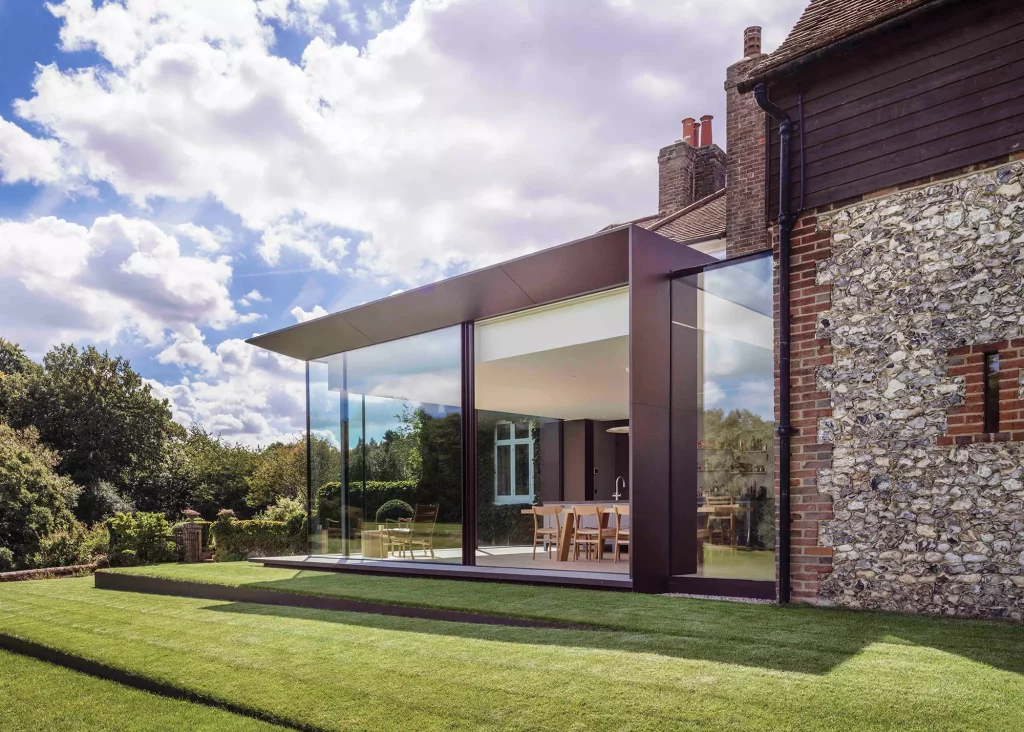
Gregory Phillips Architects had to demonstrate to planners how an addition to this grade II listed countryside farmhouse would complement the original property. The practice worked closely with the conservation officer to create a design that ticked all the planning boxes. Photo: Mel Yates
The file is then passed to a case officer who will be a professional planner. They are responsible for coordinating any responses received from neighbours or consultees, as well as liaising with the applicant or their agent to raise concerns or request changes.
Finally, they will write a report recommending the proposal for either approval or refusal. Some 90% of decisions are made by the case officer, though larger or controversial submissions can be called in to the planning committee of elected councillors to make the final call.
More Essential Advice: How to Get Planning Permission in the Countryside
TOP 5 things to do before you submit a planning application
|
When case officers first pick up a file and scan the drawings to get a sense of what has been proposed, they focus mainly on whether it complies with the council’s planning policies and guidance.
When you’re applying for consent, ensure you understand which guidelines are relevant to your project and whether you’re complying with them.
The ins and outs of your local authority’s strategy are available online, set out in a relatively easy-to-read format. If you’re unsure of how to find these details or which points are relevant, seek assistance from the planning team at the council or your architect.
It’s worth bearing in mind that case officers are famously reluctant to approve anything that doesn’t comply fully with policy. This means it’s pointless to apply for permission for something that doesn’t tick the boxes – unless you can make a strong case that an exception is justified.
Planning Portal: Find your Local Planning Authority
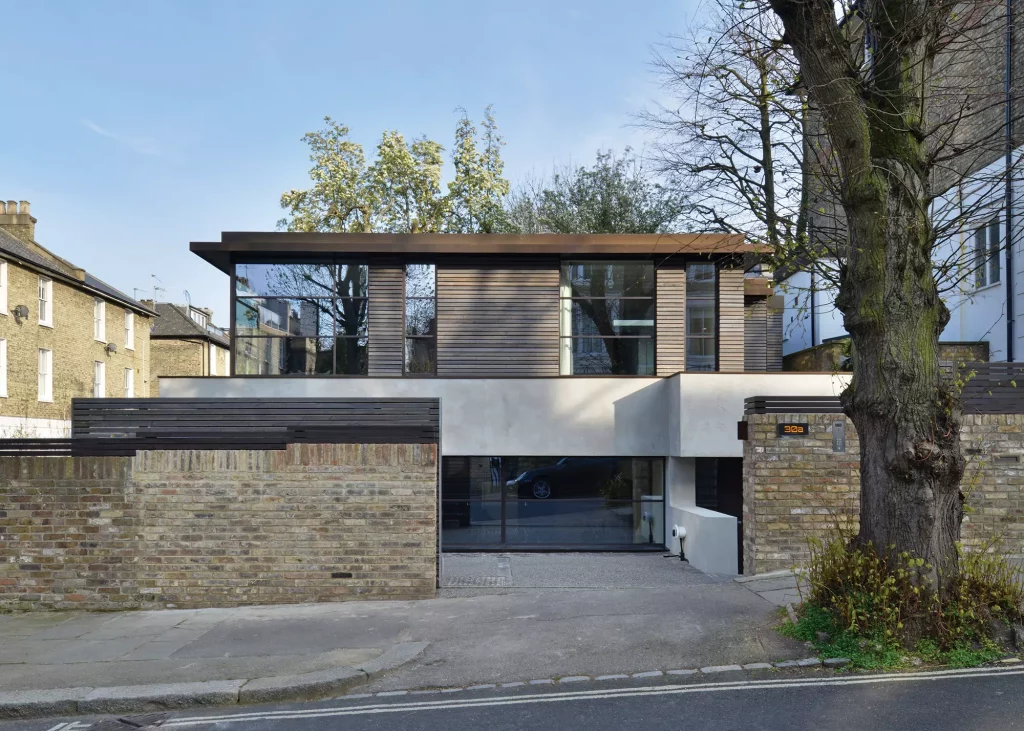
This new build home by Square Feet Architects replaces an unremarkable dwelling that used to occupy the site. The design had to meet the council’s criteria regarding the height of the property, plus tight rules on basement development. Photo: Paul Smoothy
For self builds, there are national policies restricting the construction of new homes in the countryside and green belt, as well as guidelines that set out minimum sizes for new houses. Locally, there may be rules laying out minimum parking requirements, garden sizes and separation distances from other homes, too.
If you propose erecting a new dwelling that’s smaller than the national minimum size, or one that’s on a greenfield site in the green belt, it is unlikely to receive consent – regardless of what comes back from neighbours, consultees or the parish council and no matter how well designed it is.
Having said all of that, planning policies aren’t set in stone and should be applied with some flexibility. The main takeaway though should be that case officers are reluctant to make exceptions. They often worry that approving proposals that are contrary to policy will expose them to criticism or open the floodgates to similarly non-compliant proposals by other developers.
If you think an exception is justified in your case, set it out clearly in a brief supporting statement that accompanies your application.
Learn More: How to Get Planning Permission for an Urban Project
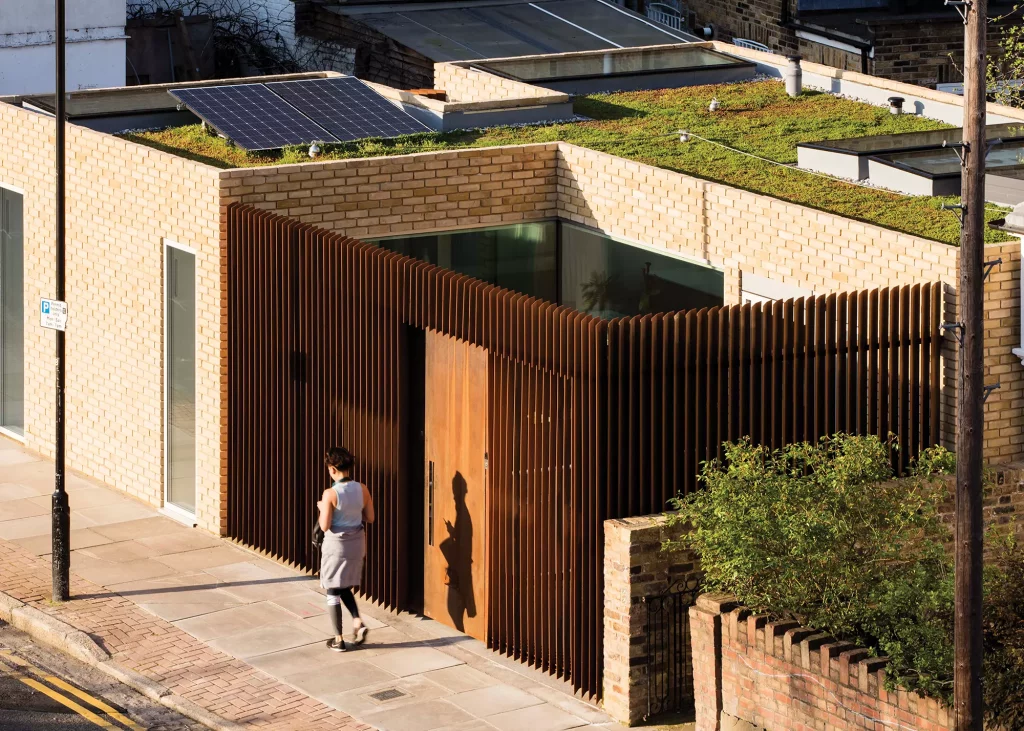
Guttfield Architecture designed this compact home in an East London conservation area. The size of the house was dictated by historic planning rules on the site, so any design for a new build had to satisfy these requirements
Case officers decide on the fate of hundreds of the same kinds of applications each year and know their own policies inside out. They can often tell at first glance if a proposal will be approved or refused; the rest is just a process of writing up the final report. This means your scheme can fail or succeed before neighbours have had time to put pen to paper.
That’s not to say the opinions of people living nearby carry no weight, but they’re less important than most applicants think. I often get approached by clients who can’t understand why their planning application was refused even though nobody objected, or despite the fact that the person living next door had no issues.
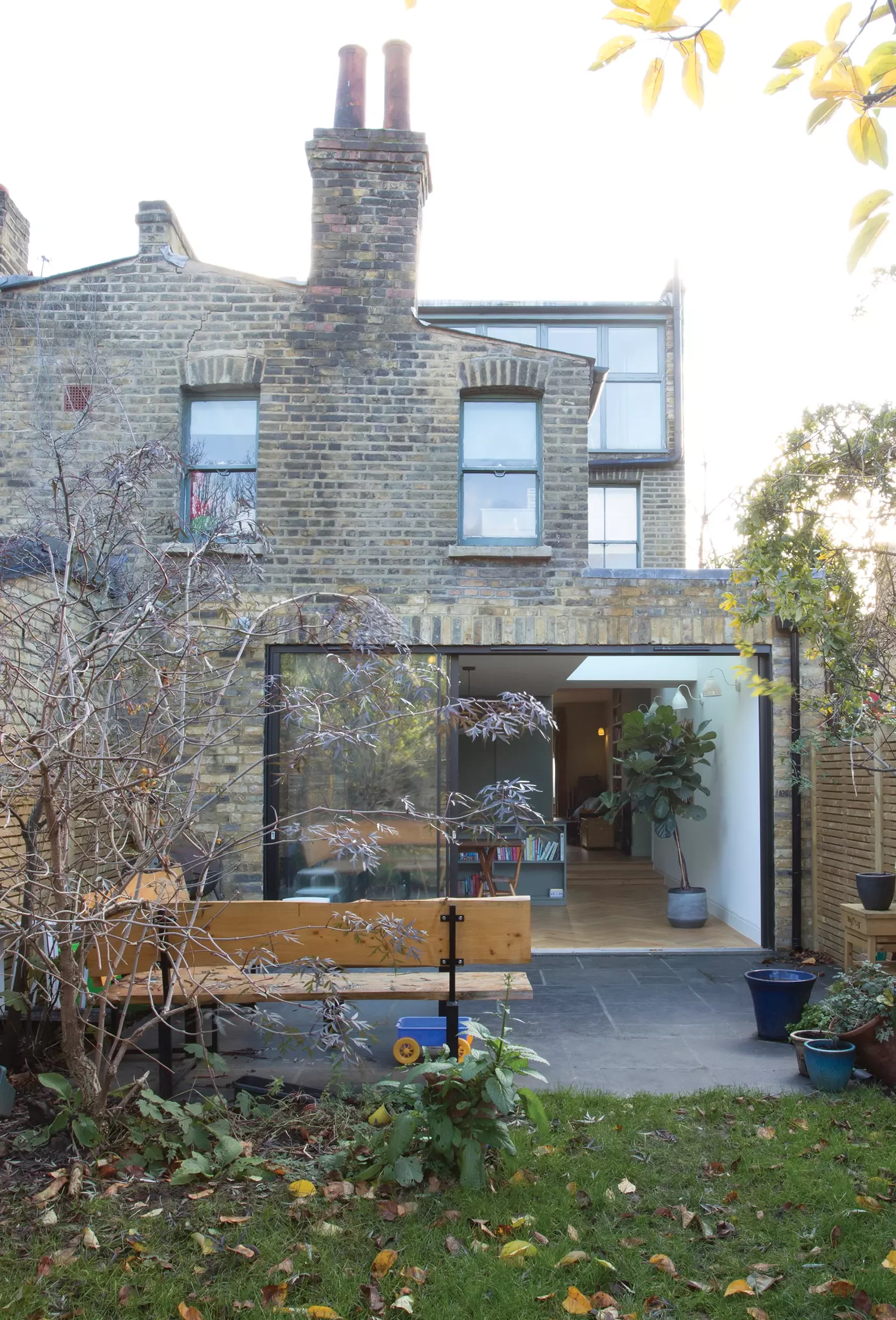
A neighbour objected the plans for this extension based on a side wall that would be built at the end of the garden. So, Unagru Architects tweaked the design and overcame the opposition to satisfy everyone’s requirements. Photo: Sarah Moiola
Neighbours sometimes highlight the details a case officer had not considered, and objections in this category will cause the case officer to take a second look – or trigger the application being decided by the planning committee.
However, lots of proposals are approved despite loud and shrill opposition from people living nearby. By the same token, lots are refused despite neighbour support.
When weighing up whether you’re likely to get consent for a new house or extension, look at what others have created. It stands to reason that it’ll be easier to obtain permission for a dwelling on a vacant corner site, for instance, when someone has recently created something on the opposite side of the street from you.
Yet, while precedents are important in planning, they don’t carry as much weight as policy. If the house on the other side of the street was built decades ago and local guidelines have since changed, you’re not guaranteed to get permission.
Likewise, if the house opposite doesn’t fit with the streetscene and the council regrets approving the scheme, it may resolve not to repeat the mistake on your site.
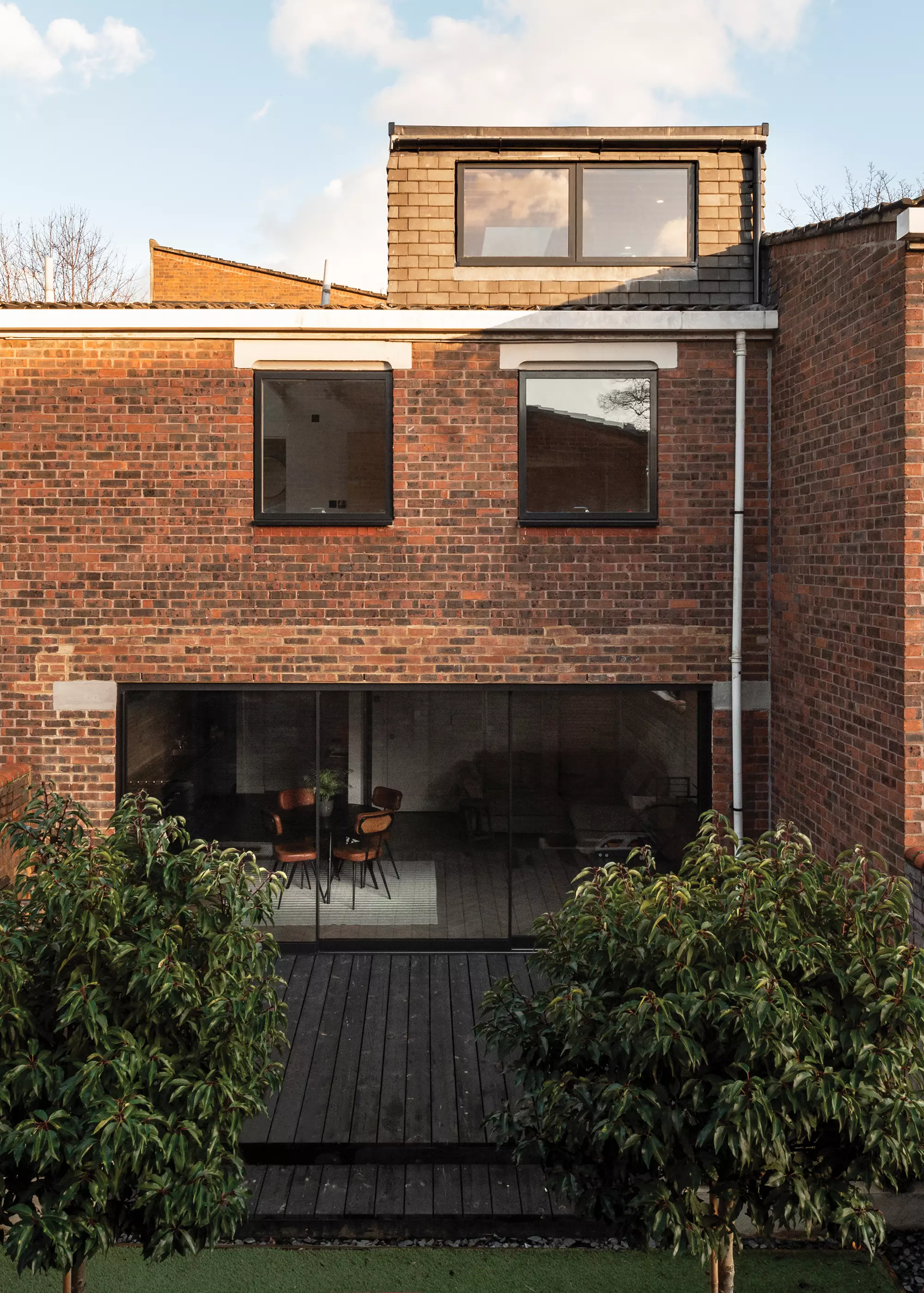
Local planning constraints meant that the owners of this house weren’t allowed to build any higher than the level of the existing roof. Bradley Van Der Straeten Architects got around this by designing a half-height roof extension, alongside revising the layout to provide extra space for the homeowners. Photo: French + Tye
If your site is affected by a constraint, the case officer will rely on the technical advice of a consultee.
For instance, if your new home is in a flood zone and the Environment Agency objects to it, the case officer will weigh up that counter argument against other factors. It can, in theory, still grant approval. But in most cases an objection from a specialist will likely mean your proposal is refused.
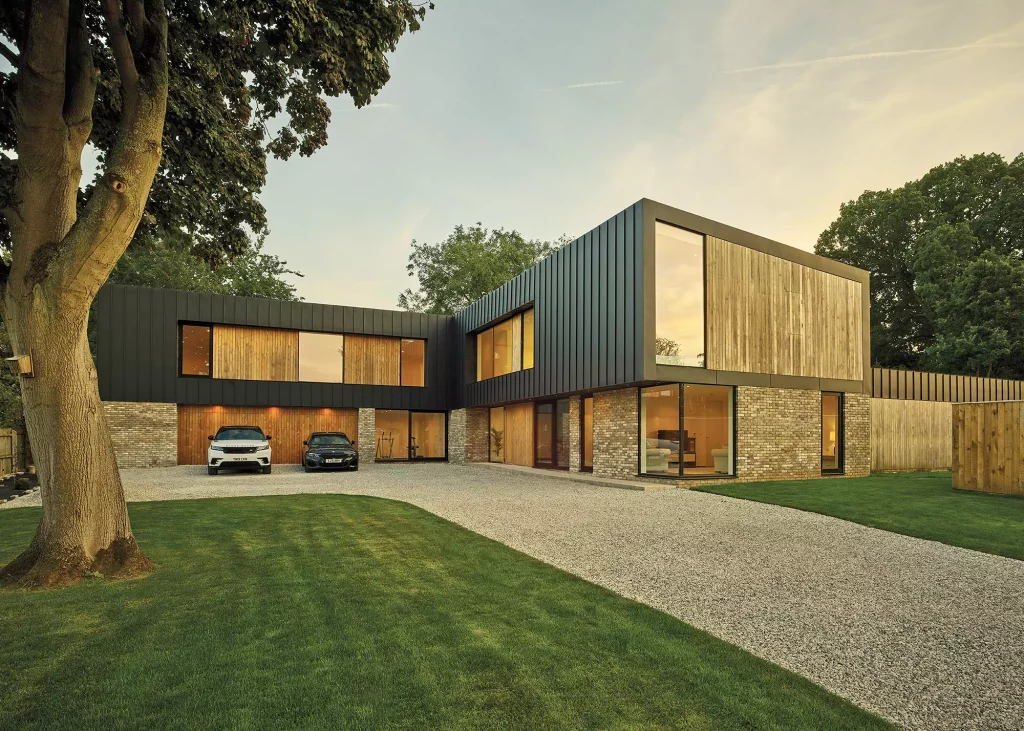
ID Architecture took a sensitive approach to the design of this new build home, which sits in an East Yorkshire conservation area. The design was approved through a delegated decision within 12 months of the initial on-site consultation with the planners. Photo: Andy Haslam
Before you apply, pre-empt objections from consultees by working out the constraints that affect your site and take advice from experts. Many of the council’s consultees will provide free pre-application advice. Do all you can to head off an objection from a specialist before they are asked formally.
Read More: Complete Guide to Making a Successful Planning Application